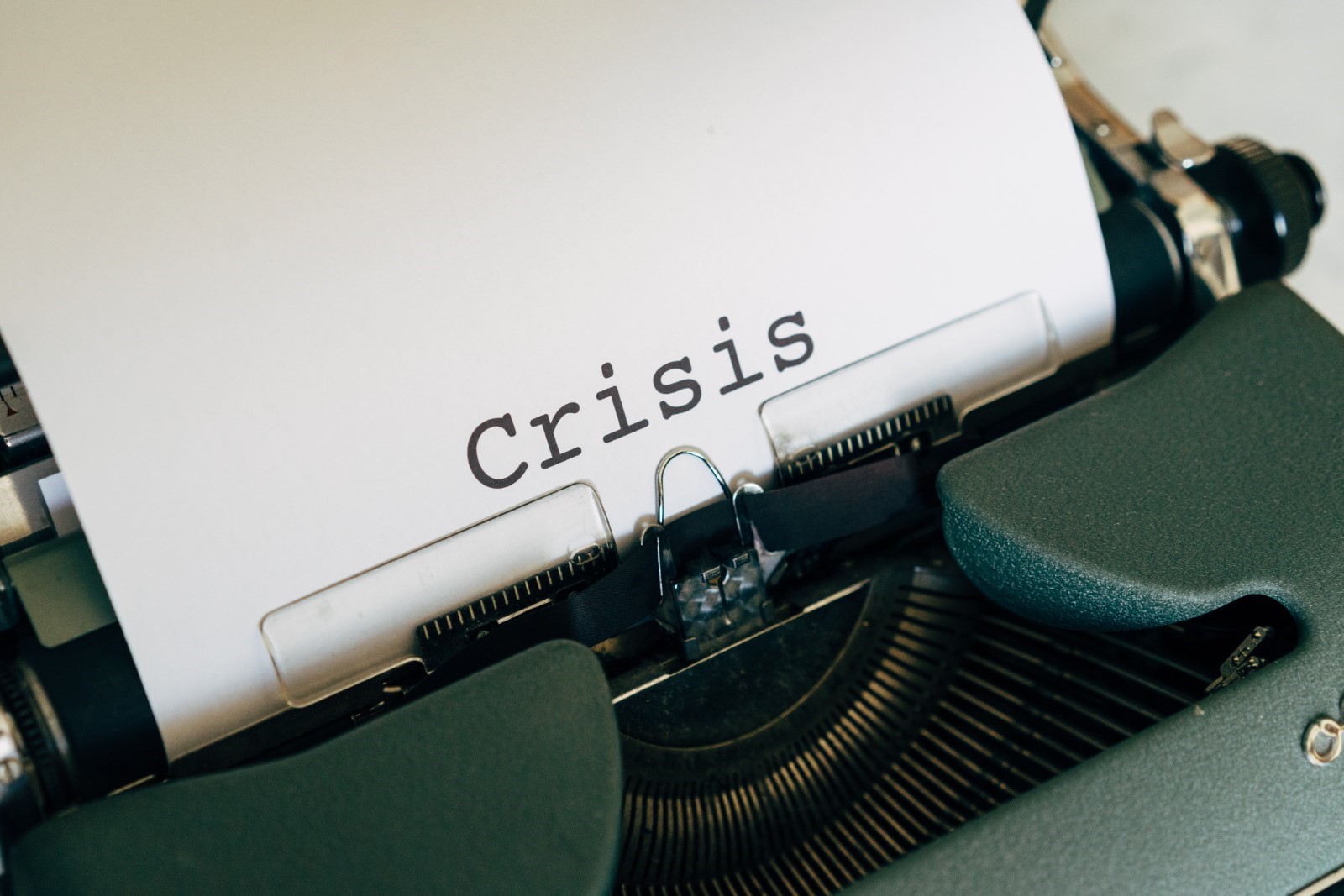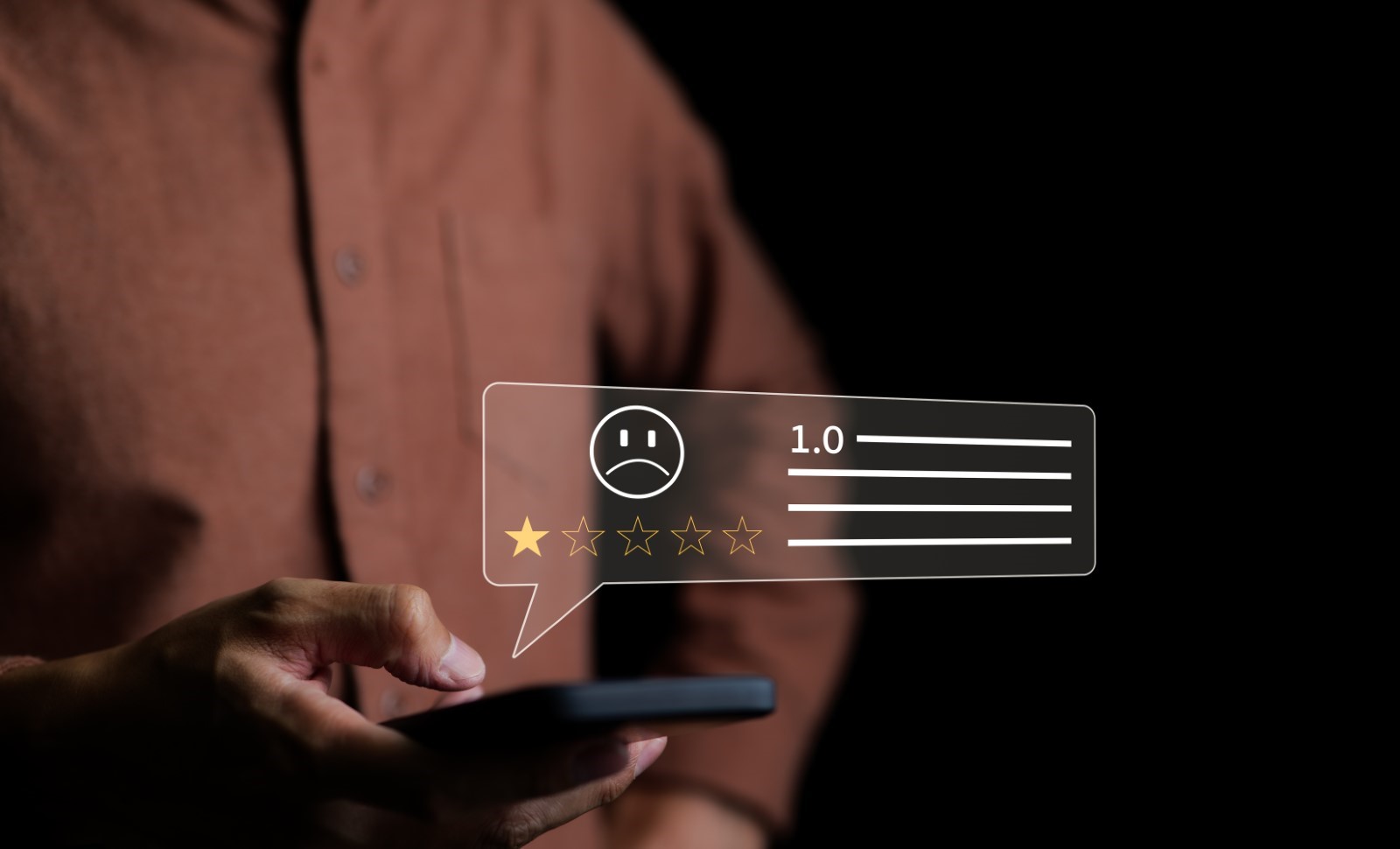Social media has made connecting with people easier than ever. And in recent years, it has also changed how people connect with brands. Undoubtedly, this is a good thing. But for brands, this rapid spread of information (both real and fake) could lead to a crisis.
Over the years, we've witnessed numerous minor crises on social media snowball into something massive and unmanageable. Take the pink slime debacle that swept the country just a few years ago. A single demeaning report by ABC News quickly had fast food empires like McDonald’s, Taco Bell and Burger King swearing off of “pink slime” — a not-so-flattering term for beef trimmings. There was immense reputation damage before the beef industry attempted to clear its name and redeem the meat filler. Even today, the industry is still in damage control mode.
In this digital age, no brand is immune to social media crises, and the worst time to begin preparing for crisis management is when you’re already in the middle of one. Hence, detecting a crisis early on is important to minimize its impact on the brand.
In this blog, we’ll discuss the effects of a social media crisis and the actions you can take to prevent and effectively handle such scenarios.
What is social media crisis management?

A social media crisis can arise from a brand’s social media post or content that:
Mocks or humiliates an individual or a group based on their sexual orientation, ethnicity, language or financial status
Falsifies data or research results to sell or promote its products
Spreads misinformation about competitors
A well-planned social media crisis management protocol can aid in promptly disseminating the necessary and appropriate messages to manage any crisis. From handling negative comments to customers leaving your social media channels, it's essential to have a solid social media crisis communication plan in place.
What are the benefits of social media crisis management?
We know how social media can define and mold brand narratives and influence perceptions, sometimes for better or worse. And in times of crisis, social media can be a powerful tool for mending communication breakdowns.
Here’s how social media allows your audience to connect and regain lost trust.

Social media allows brands to communicate real-time updates to your audience
Assist people who need relevant information and help during an ongoing crisis
Understand audience expectations and identify events that could trigger adverse reactions and criticism
How a social media crisis can affect your brand?
A mishandled social media crisis can, directly and indirectly, impact your market reputation, revenue and profit margins. While you may already be aware of the direct effects, the indirect ones can be just as detrimental to your brand.
Here are three consequences you may have to deal with if you ever find yourself in the middle of a social media crisis.
Breach of stakeholders’ trust
Brands can't build trust unless they know the fundamental responsibilities they must fulfill during crises for customers and stakeholders. Stakeholders need to believe a brand is doing what's good for them, not just what's best for itself every single time. In short, stakeholders who do not believe a brand has a solid plan for handling unintended impacts in a crisis will not hesitate to limit their support and influence.
Increased risk and cost
A social media crisis can be a one-two punch – first to consumers' perception of your brand and then to your bottom line. Brands facing a social media crisis will likely incur one-time or recurring, unexpected and exorbitant expenditures. These could range from increased PR to paying high legal and settlement fees.
Lost time
In crisis mode, every second is crucial as your brand's reputation hangs in the balance. However, you find yourself caught up in the daunting task of drafting individual social posts, determining approval processes, and engaging in a relentless battle across multiple channels with an army of angry customers.
The time and resources invested in building a defense mechanism on social media could be better utilized for creative endeavors, new initiatives, and enhancing the customer experience. Unfortunately, when you're knee-deep in crisis management, it's all too easy to succumb to tunnel vision and lose sight of the bigger picture.
How to create a social media crisis management plan
As a brand, you want to minimize the impact of crises or negative incidents on social media. But it's even more advantageous to detect these events early on and proactively prevent them if you can. Pay close attention to conversations surrounding your brand and related issues and receive early warnings about potentially harmful messages to promptly respond and mitigate their impact. Paying close attention to potential problem areas can significantly reduce the risk of more catastrophic ones.
Let's dive deep into some essential social media crisis management best practices.
Automatically listen for and detect crises

You can stay at least a few steps ahead of a social debacle by using smart social listening with a built-in alert system (so you reach the right people at the right time during a crisis). Regarding social media crisis response, your social media management platform should be able to notify you via email and send in-platform alerts about crisis-like situations and impactful events so that you don’t miss a beat.
Distribute pre-approved brand responses on various channels and halt ongoing campaigns

As soon as a crisis hits your brand, your marketing team should pause all social media activity and halt any ongoing social media campaigns. It is crucial to carefully evaluate and ensure the appropriateness of each social media post during a crisis. Relevant social media and marketing teams should vet these posts to ensure they align with crisis mitigation plans. In addition, it’s important that you have appropriate on-brand responses handy so your team doesn’t waste precious time crafting responses from scratch.
Report on the volume and sentiment of messages around the crisis topic

Without actionable insights, brands have no way of knowing why something works or doesn't — and to what extent. And if you are dealing with a crisis, you must have a social media management platform with extensive reporting capabilities like Sprinklr Social. Granular insights enable you to mitigate further damage, learn from the mistake and create an immediate action plan.
Explore new technologies and train your team for effective crisis management
Although technology can be helpful, it's not the only solution. Brands must first understand the ideal state during a crisis, configure new tools and technology and train their teams to use them efficiently. The key is to automatically listen and detect a problem, analyze the impact, escalate and moderate approved responses, cancel planned and active ads, create and publish mitigating content, rally advocates and report on critical metrics from one platform. However, this depends on aligning people, processes and a social media management platform.
Learning from the past: Examples of crisis communication
Ample real-world examples underscore the importance of effective social media crisis communication. Here are a few of them.
Example 1: How a coffeehouse chain navigated public backlash and set a new standard
In 2018, a global chain of coffeehouses received public backlash when two black men were wrongly arrested in a Philadelphia store. The CEO shared their response immediately on social media and publicly apologized and announced that they would close 8,000 stores for a day to accommodate racial-bias education. Their immediate, transparent response and substantial corrective action demonstrated how to prevent a crisis from escalating further.
Example 2: The airline crisis that highlighted the importance of transparency and empathy
In stark contrast, an airline’s handling of its 2017 crisis involving an overbooked flight, where one passenger was forcibly removed, is a great example of what not to do during a crisis. Its initial reaction seemed designed to deflect blame without empathy, leading to further public outrage. A more transparent, inclusive approach may have helped defuse this crisis sooner.
Example 3: How a toy company’s bold move redefined corporate responsibility
In 2014, a prominent non-profit organization dedicated to environmental conservation took a stand against a major toy company that had a partnership with a well-known contributor to Arctic pollution. Initially met with resistance, the toy company eventually made the decision to terminate its contract with the controversial partner. It also publicly acknowledged the importance of environmental responsibility and through heartfelt statements on its website and social media platforms emphasized its commitment to inspiring and nurturing future builders while recognizing the need to prioritize corporate responsibility over financial gains. This exemplary crisis management showcased the toy company’s willingness to reassess critical partnerships and prioritize ethical considerations.
Learn from the experience and be prepared
Post-crisis, evaluate your crisis response. What worked? What didn't? What can you learn for the future? It's time to collaborate with the social media and marketing teams and the leadership to brainstorm ways to prevent future mishaps. This means you get down to brass tacks and evaluate why and how things went wrong. And having the appropriate brand crisis management strategy in place creates opportunities for continuous improvement in every channel.
Even with a solid brand crisis management strategy in place, there's always room for improvement. Probe and dig deep into where the breakdown happened and how it could have been prevented. Collaborate, reset expectations and seek input from team members and stakeholders. Though a social media crisis can be challenging for brands, treat it as an opportunity to gauge which mitigation methods worked and which didn’t. Mobilize these new learnings to refine your social media crisis communications plan. Having a robust social media crisis response framework and effective management can give you confidence in your ability to handle potential issues if they arise.


![Top 7 Social Media Analytics Tools [Best Rated 2024]](https://images.ctfassets.net/ukazlt65o6hl/7mLkeDCVdRAk3C3KJge1bc/de19f72d38dd1dcb264f4ce349d40acc/blog_banner_social_media.jpeg?w=1000&h=607&fl=progressive&q=70&fm=jpg)
